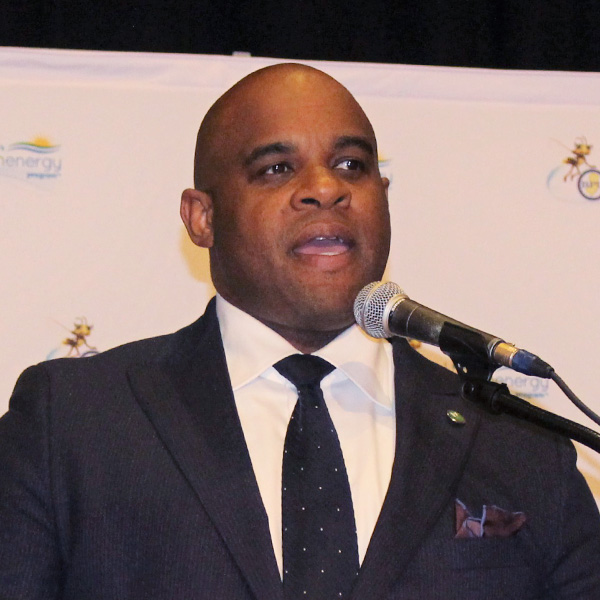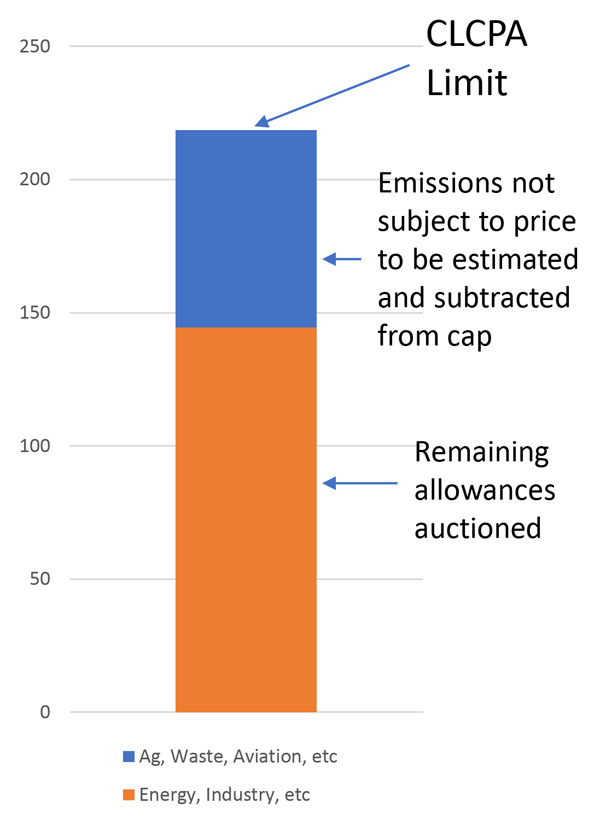New Jersey’s Board of Public Utilities (BPU) on Thursday outlined a proposal to stimulate the development of standalone storage capacity by offering incentives for grid-scale and consumer-level projects, as the state struggles to reach its goal of putting 2,000 MW of storage in place by 2030.
About 30% of the incentives available under the Storage Incentive Program (SIP) would be paid to storage projects as fixed annual incentives to both utility-scale and distributed projects, with a set value per kilowatt-hour of capacity. The remainder of the SIP incentives would be paid through a “pay for performance” mechanism and tied to the environmental benefits.
The proposal sets a target of building 1,000 MW of four-hour-plus storage by 2030. The BPU is seeking a steady increase in the annual capacity of storage installed each year, with 40 MW of four-hour storage installed in 2023, rising to 330 MW in 2029.
“Storage is expected to play a key role in maintaining electric system reliability as carbon-intensive resources are displaced by more intermittent renewable generation,” according to the proposal. “Energy storage has the potential to simultaneously improve grid reliability, enable more extensive grid decarbonization through expanded hosting capacity, improve community resilience and reduce electricity costs for all consumers.”
Missed Targets
Storage is widely seen as a paramount element needed to manage electricity supply as intermittent renewables become increasingly dominant without relying on fossil-fired peakers.
Yet even as the state has moved aggressively to develop wind, solar and other clean energy initiatives, it has made little progress in developing storage capacity. The state Energy Master Plan recognized storage as a key element and said the state would need 9 GW of capacity. The state Clean Energy Act, enacted in 2018, said that the BPU should create a process for putting 600 MW of storage in place by 2021 and 2,000 MW in place by 2030.
But the state missed the 2021 goal, and it currently has only 497 MW in place at present, little of which is new technology. The BPU has acknowledged in the past that about 420 MW is contributed by the Yards Creek Pumped Storage Facility in Blairstown, a pumped storage facility developed in 1965. The remainder is mainly lithium-ion batteries. (See NJ Lagging in Energy Storage Progress.)
“Multiple other states are already rapidly deploying large quantities of energy storage capacity,” the proposal states. “And some are even finding energy storage already has the ability to reduce costs to electricity consumers in addition to helping advance the clean energy transition. Yet, despite the demonstrated benefits of energy storage and New Jersey clean energy leadership, the state is currently lagging when it comes to energy storage deployment.”
The proposal adds that “multiple benefit-cost analyses commissioned by other states indicate that energy storage deployment can reduce consumers’ net electricity costs, with total ratepayer benefits more than covering the ratepayer costs of storage incentives.”
Creating Consumer Benefits
The SIP represents the BPU’s effort to help remedy the state’s storage shortfall. So does another BPU proposal under the Competitive Solar Incentive (CSI) program, the final rules for which are expected to be released this year. The CSI, which provides incentives for grid-scale solar projects, will offer incentives for co-located storage.
The SIP proposal said the BPU has shaped the program to look for incentive levels that are big enough to lure finance for successful storage projects while “minimizing the period over which ratepayers will support each energy storage resources.”
One difficulty, the proposal says, is that energy storage developers “generally can only monetize a fraction of the benefits they produce.” Although energy storage brings great benefits in “optimizing the regional power system,” it has proven difficult to make money from that, the report says.
The BPU will solicit public and stakeholder input on the plan in three hearings, on Oct. 21, Nov. 4 and Nov. 14.
The proposal says it is seeking to encourage private ownership of storage so that the commercial and operational risks are borne by investors, with support from ratepayers, and to create a competitive market. That will require “a robust effort by the EDCs [electric distribution companies] to ensure that the grid is capable of connecting storage devices at the distribution and transmission levels,” according to the proposal, which does not allow for utility ownership or operation of storage devices.
The proposal also expects energy storage owners to engage in “value stacking,” or lining up “various sources of customer savings/benefits and grid revenues,” to make the project lucrative and attractive to customers. The anticipated revenue streams include:
- wholesale market revenues;
- energy arbitrage in time-of-use differentiated markets;
- participation in wholesale ancillary services markets;
- retail bill reductions created by active management, such as management of demand charges, standby charges and distribution costs; and
- cost-effective investment in distributed energy resources, electric vehicle charging or other technologies supported by energy storage devices.
The two-pronged incentive structure is designed to make projects as attractive as possible to investors. The proposal suggests a “declining block” structure in which the BPU sets the incentive levels so that they decrease as capacity in the state rises, which will give investors a “clear trajectory” of the incentive levels for several years.
The first incentives should be 10 annual payments of $20/kWh of storage capacity for the grid supply program and $40/kWh of storage capacity for the distributed program, according to the proposal. To get the incentive, however, the storage device would have to be online 95% of all hours.
The performance-based incentives are designed to “maximize environmental benefits” while also supporting the grid during times of “operational stress.” Aside from ensuring that the devices help reduce emissions, that strategy also will “incent storage developers to site their units in the places on the grid where they will provide the most significant price and environmental benefits to consumers,” according to the proposal.
It suggests the BPU hire a “program administrator” to track and administer the incentives, which will be based in part on marginal carbon emissions data from PJM. That would enable the program to reward grid-supply storage sources that result in lower marginal carbon emission while reducing incentives for storage that do not, the proposal states.
The proposal does not suggest specific incentive rates, which will be determined in discussions with stakeholders.
For distributed storage devices, the proposal suggests that EDCs consider an incentive that would pay based on the operation of the device during hours identified as high demand, such as summer afternoon hours. The EDC will have to show how the payment structure maximizes environmental benefits, minimizes distribution investment, “minimize[s] the stress on the local distribution system and reduce[s] operating costs,” the proposal says.










